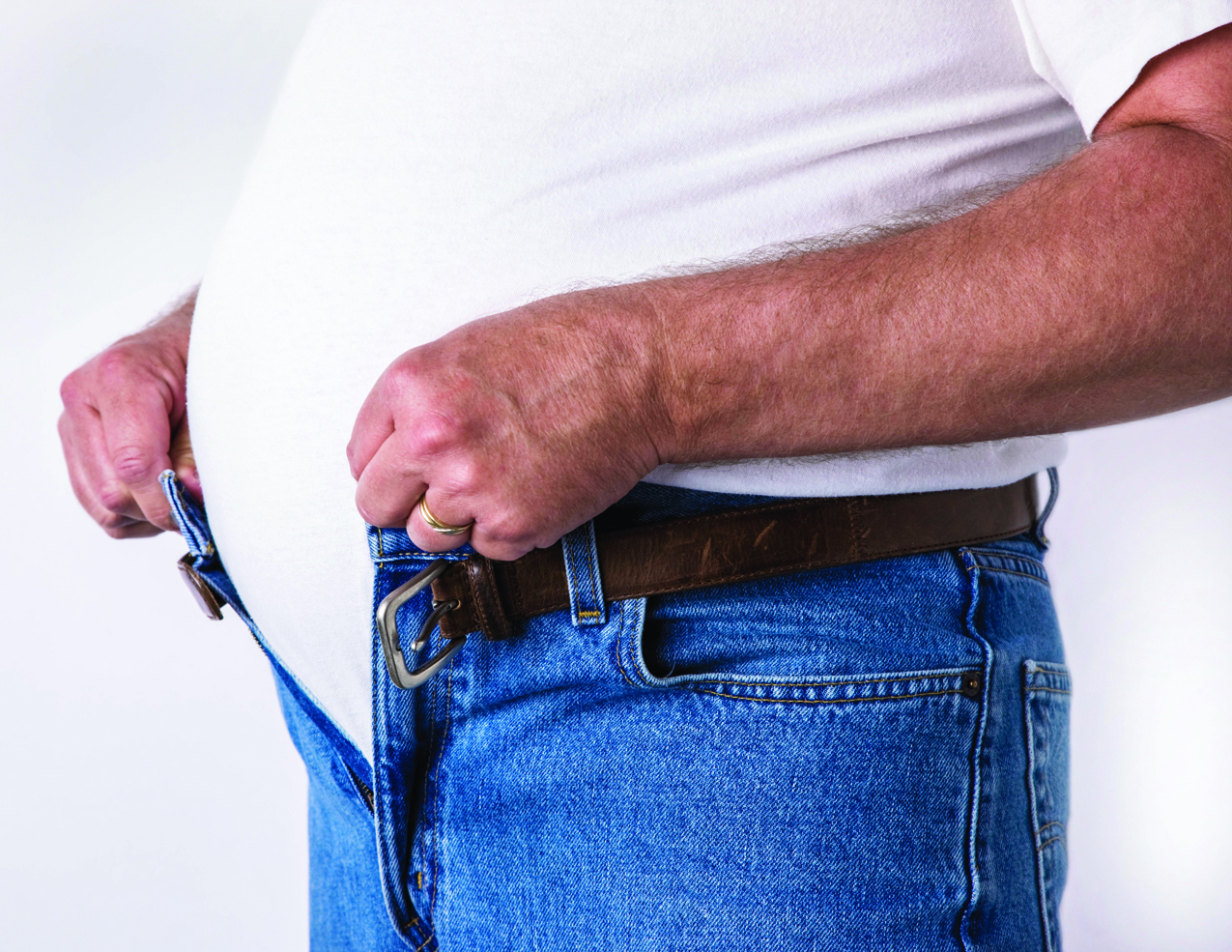A new year marks a great time to embrace change. Many people do just that by making resolutions designed to improve their lives in the year and years ahead. Resolutions regarding personal health are annually among the most popular changes people hope to make at the dawn of a new year. In fact, a quick scan of annual lists citing the most popular resolutions found that pledges to eat healthier and exercise more can be found at or near the top of such lists.
Though such lists might not have been compiled using the most scientific of methods, it’s no secret that getting healthier and looking better is a goal many people strive for upon the arrival of January 1. Unfortunately, a 2015 report from U.S. News & World Report suggested that 80 percent of resolutions fail, oftentimes as early as February. For those who don’t just want but need to get healthier, failure to live up to a resolution to exercise more can have potentially devastating consequences.
If exercising more is a goal in the year ahead, the following are a few strategies to make that happen.
• Exercise in the early morning. As the day progresses, unforeseen challenges or forgotten commitments have a way of devouring time initially earmarked for exercise. Exercise first thing in the morning before any commitments to work and family hijack the time you have committed to exercising.
• Take on less responsibility. Professionals and parents often cite commitments to work and family as the primary reasons they aren’t getting enough exercise. While those are perfectly reasonable excuses to skip a workout, men and women who recognize the long-term benefits of routine exercise may be compelled to take on less responsibility at work while also making an effort to divvy up responsibilities at home more equitably. According to the U.S. Centers for Disease Control and Prevention, ongoing exercise can reduce risk for cardiovascular disease, type 2 diabetes, metabolic syndrome, and some cancers. The CDC also notes that routine exercise strengthens bones and muscles while improving mood. Taking on more responsibility at work might be great for your career, but that may prove a Pyrrhic victory if your long-term health is jeopardized. Parents can discuss with their spouse how to better share responsibilities at home so both moms and dads can get regular exercise.
• Embrace more efficient exercise routines. Rather than working a single muscle group at a time, which can be both time-consuming and boring, men and women can adapt their workout routines to focus on multi-muscle exercises. Work with a personal trainer to make your workout as efficient as possible.
• Schedule your routine each week. Each week is different, so while it may be ideal to establish a workout routine in which you exercise at the same time each day, that’s not always going to be possible. Failing to exercise on a day you had intended to workout can compromise your motivation to workout in the future, so sit down at the beginning of each week to examine your commitments for the days ahead and schedule times to exercise in the next seven days. This can keep you on track and help you avoid the disappointment of missing a workout because life got in the way.
Finding time to exercise is not always so easy, but even the busiest men and women can likely still include workouts in their daily routines.











